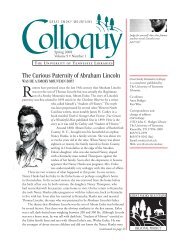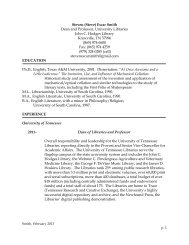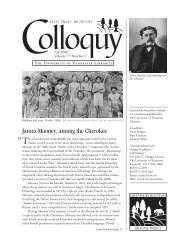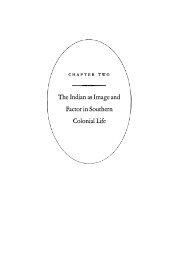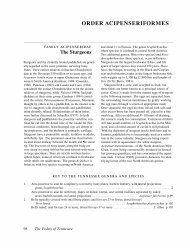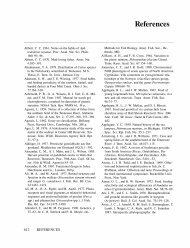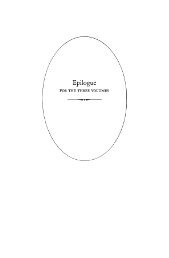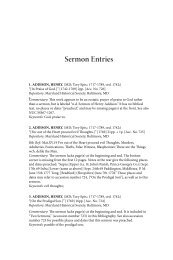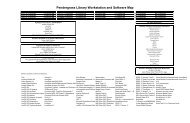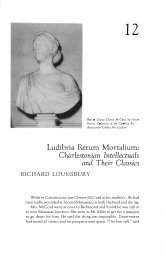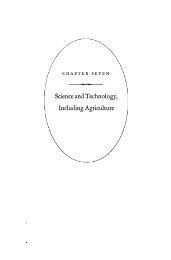Literature, Principally Belletristic - University of Tennessee, Knoxville
Literature, Principally Belletristic - University of Tennessee, Knoxville
Literature, Principally Belletristic - University of Tennessee, Knoxville
Create successful ePaper yourself
Turn your PDF publications into a flip-book with our unique Google optimized e-Paper software.
• INTELLECTUAL LIFE IN THE COLONIAL SOUTH '<br />
one reason or 3;nother most <strong>of</strong> these as well as the manuscript items already<br />
known should be published, for only thus may intellectual historians have<br />
sufficient primary materials for a relatively complete picture or portraiture<br />
<strong>of</strong> the southern mind.<br />
ESSAYS AND TRACTS, INCLUDING PAMPHLETS<br />
More frequently printed than the personal record in the eighteenth century<br />
was the prose essay or tract, usually in provincial gazettes but more<br />
<strong>of</strong>ten as time went by in separate form by local printers. A few pieces<br />
were published in the Scot's and Gentleman's and London Magazines, and<br />
several were printed as pamphlets in London, Dublin, and Edinburgh. The<br />
subjects were varied, and the moral, religious, satiric, scientific, and educational<br />
have for the most part already been considered. Even the sentimental<br />
or philosophical or aesthetic (especially the critical) have already<br />
been touched upon, though some <strong>of</strong> their belletristic qualities may need<br />
more emphasis.<br />
The eighteenth century inherited a rich essay tradition from the seventeenth<br />
and further enriched it during its first quarter and immediately<br />
thereafter with the T atler and Spectator and Guardian series. Later came<br />
the essays <strong>of</strong> Johnson and Bolingbroke and Goldsmith. And then before<br />
the time the southern colonial gazettes were well launched there were<br />
other British models to draw upon for liberal philosophies or religious<br />
discussions, as the works <strong>of</strong> Trenchard and Gordon noticed above and below<br />
such as the Independent Whig ( I720-I721) and Cato's Letters (collected<br />
ed., 4 vols., 1724) or Ambrose Philips' Free-Thinker (17 18-1721).<br />
And there was, <strong>of</strong> course, Jonathan Swift.<br />
Though some recent critics have demonstrated the indebtedness <strong>of</strong> certain<br />
essay series or individual pieces in southern periodicals to various<br />
British essays or essay series in Great Britain or even in France, it is evident<br />
that from the first issues <strong>of</strong> the southern gazettes the principal models<br />
were the T atler and Spectator papers. In these last Steele and Addison had<br />
gathered together the varied elements <strong>of</strong> the essay already existing and<br />
formed <strong>of</strong> them an amalgam which was to endure as the popular form for<br />
more than a century. They merged Bacon's epigrams and sententiae, Overbury's<br />
and Earle's and La Bruyere's character writing, Nicholas Breton's<br />
sort <strong>of</strong> epistolary writing such as was found in the manuals already mentioned,<br />
and some <strong>of</strong> the intimacy and amusing quality <strong>of</strong> Cowley and<br />
Temple and Montaigne. This was the vehicle which carried most <strong>of</strong> the<br />
criticism, usable philosophy, contemplation, or vignette which might entertain<br />
or stimulate the average reader.193 It is true that some more learned<br />
and sophisticated southern essayists, men such as Byrd and Hamilton, are<br />
1444



